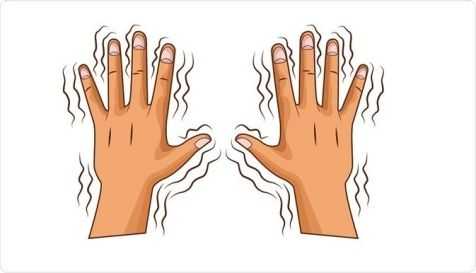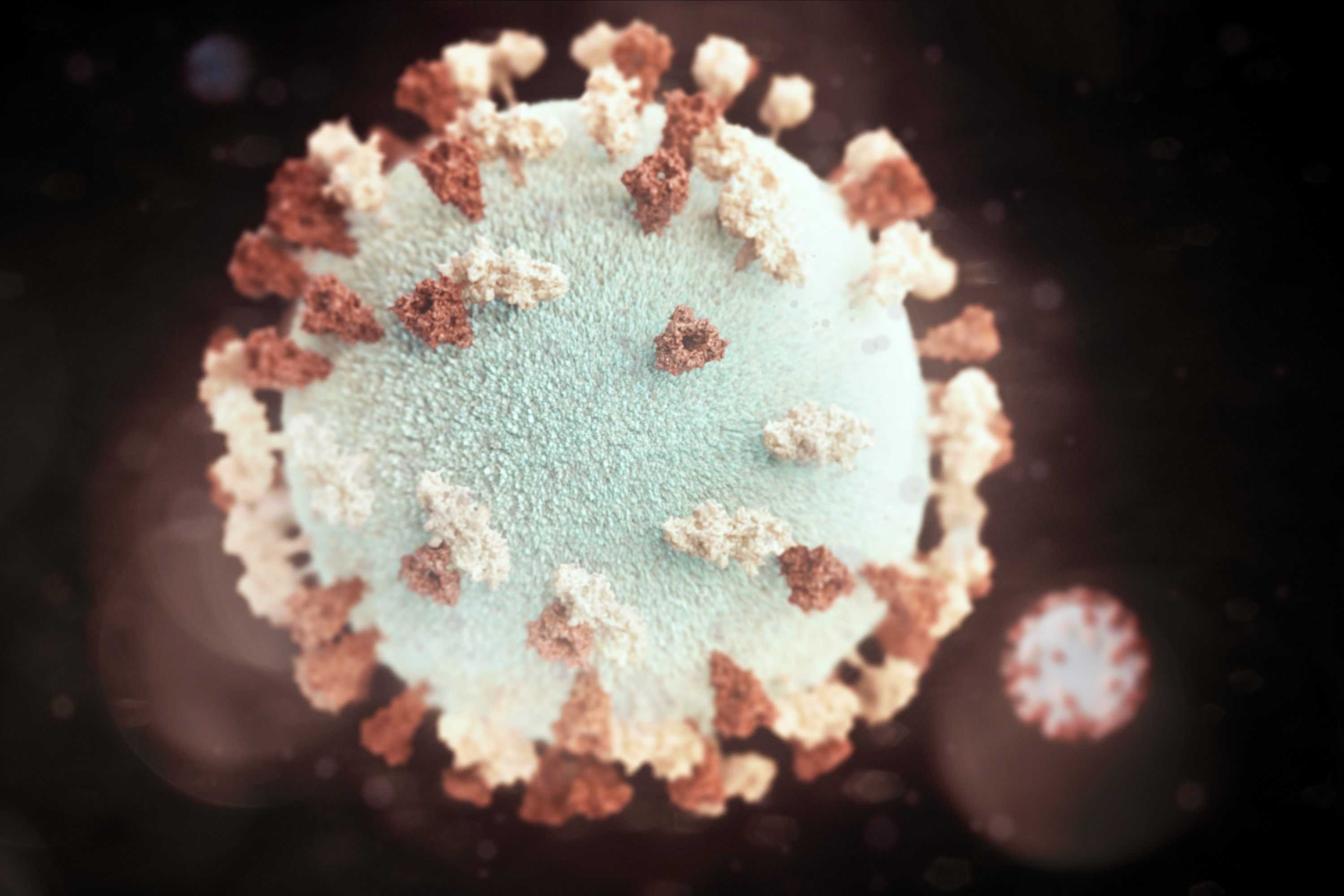Tremors - causes and where does it come from?
Tremors can be caused by various factors, such as stressful situations, fatigue, substance abuse, neurological diseases or hereditary predispositions and genetics, even physical exertion, and is a natural body reaction. It is often a harmless symptom, but in some cases, it may be a symptom of a more serious condition and require medical consultation. The cause of tremors in many people is stress or emotional situations. It's a physiological muscle tremor. However, suppose the tremor is persistent, severe, or affects daily functioning. In that case, you should see your doctor for diagnosis and possible treatment.

